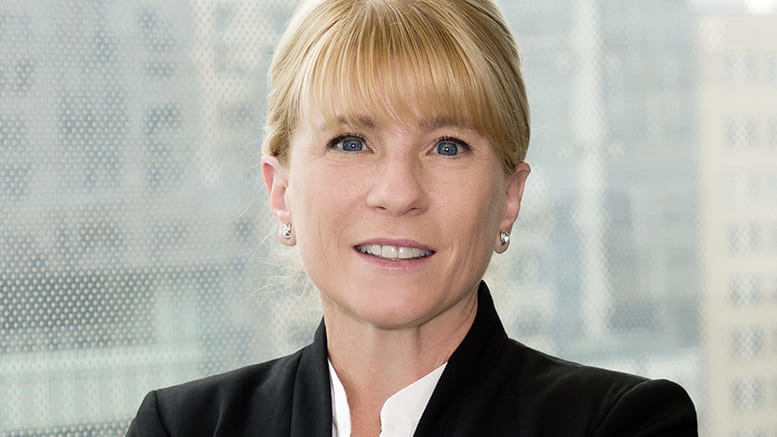Professor Shana Kelley named 2022 Guggenheim Fellow
April 13, 2022

Professor Shana Kelley was recently named a 2022 Guggenheim Fellow by the John Simon Guggenheim Memorial Foundation. Kelley is the Neena B. Schwartz Professor of Chemistry and Biomedical Engineering, with appointments in the Weinberg College of Arts and Sciences and McCormick School of Engineering.
“I am deeply grateful for this recognition that reflects the highly creative and hard work of my research team as well as the resources that will enable us to continue innovating and pursuing a positive impact on human health,” Kelley said.
This year, the Foundation awarded 180 artists, writers, scholars and scientists from across the United States and Canada. Selected from a pool of nearly 2,500 applicants, the fellows were appointed on the basis of prior achievement and exceptional promise.
“Now that the past two years are hopefully behind all of us, it is a special joy to celebrate the Guggenheim Foundation’s new class of Fellows,” said Edward Hirsch, president of the Guggenheim Foundation and 1985 fellow in poetry. “This year marks the Foundation’s 97th annual Fellowship competition. Our long experience tells us what an impact these annual grants will have to change people’s lives. The work supported by the Foundation will aid in our collective effort to better understand the new world we’re in, where we’ve come from, and where we’re going. It is an honor for the Foundation to help the Fellows carry out their visionary work.”
An internationally renowned researcher, Kelley develops innovative and translational methods for tracking molecular and cellular analytes with unprecedented sensitivity. Her novel approaches integrate nanoscience with bioanalytical science and engineering. She also is well-known for developing new methods to detect circulating cancer cells and delivery systems that leverage mitochondrial penetrating peptides and related materials.
With the Guggenheim Fellowship, Kelley will develop a new class of sensors for the human body that will enable continuous monitoring of biochemical markers of health and disease. This type of sensing approach will provide new ways to prevent and manage disease.
Science & Technology

Northwestern accelerates quantum research with NVIDIA technology
September 19, 2025
NVIDIA code could help researchers tackle computationally demanding tasks hindering quantum research Northwestern University physicists are using NVIDIA technology to tackle the computationally demanding tasks hindering quantum research. Northwestern theoretical physicist Jens Koch and his research group…

CRISPR’s efficiency triples with DNA-wrapped nanoparticles
September 18, 2025
New system delivers CRISPR machinery more safely and effectively into cells With the power to rewrite the genetic code underlying countless diseases, CRISPR holds immense promise to revolutionize medicine. But until scientists can deliver its…

Passion for the planet: A new generation of environmental stewards starts here
May 29, 2025
Over the last two decades, the Weinberg College-housed Program in Environmental Policy and Culture (EPC) at Northwestern has embraced the humanities and social sciences and cultivated a new generation of environmental stewards. Growing up in…

Northwestern receives $25 million gift to advance adolescent mental health research
May 16, 2025
New institute will study psychology of emerging adults, leading to innovative wellness programming for students at the University and beyond Northwestern University is launching the Institute for Adolescent Mental Health and Well-Being, an interdisciplinary initiative…



